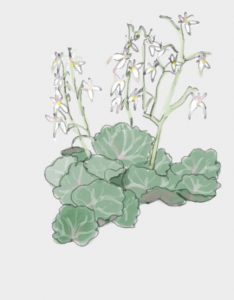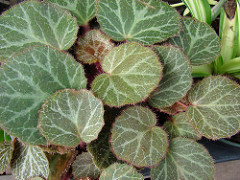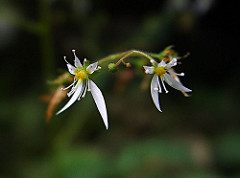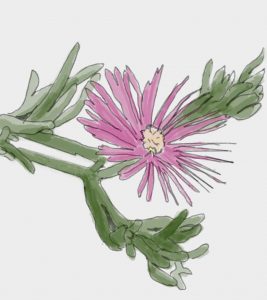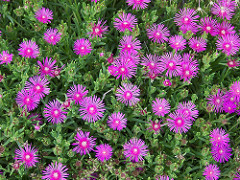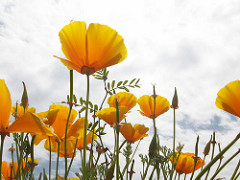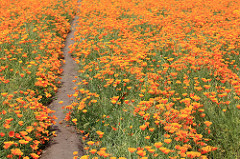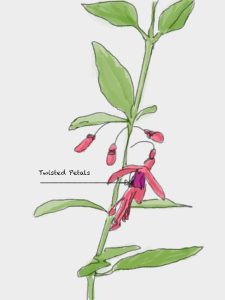 Fuchsia magellanica ‘Little Giant’, Little Giant fuchsia
Fuchsia magellanica ‘Little Giant’, Little Giant fuchsia
Family: Onagraceae
Description:
This species is recognizable for bright, fuchsia flowers with violet corolla that persist for 4-5 months. It can be grown as a shrub, or sub-shrub in the Vancouver region. However, in colder climates, this species behaves as an herbaceous perennial. Leaves are arranged oppositely in threes. The distinctive flowers are comprised of a basal tube with sepal and petals fused into the tube. Flowers droop down, requiring hummingbird pollination.
Growing conditions:
Fuchsia magellanica requires well-drained soil. While it prefers rich soil, it can also tolerate poor soil conditions.
Suitable uses:
This species offers a bright addition to the landscape, with long flowering interest. It is ideal for attracting hummingbirds.
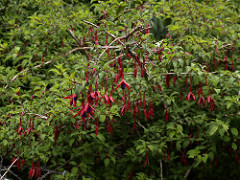
CC Image courtesy of scott.zona on Flickr


